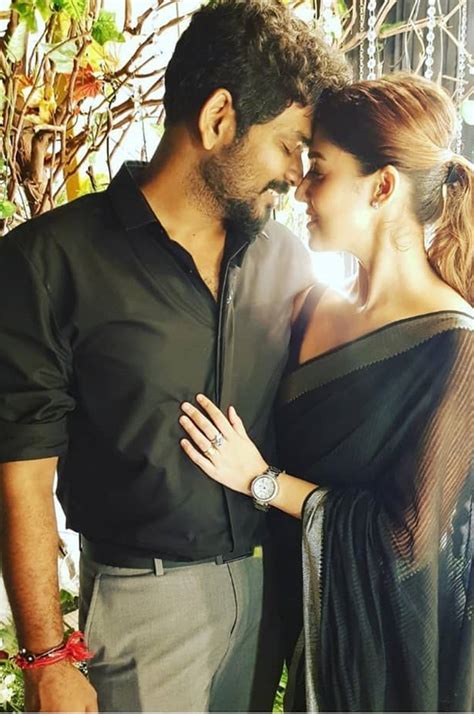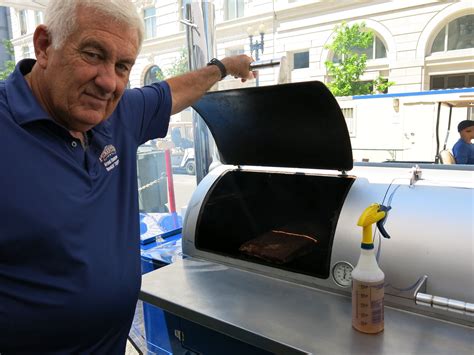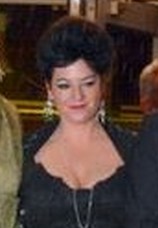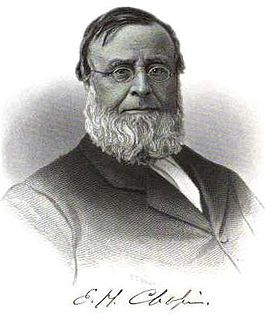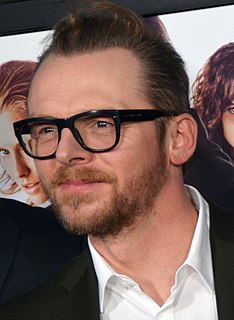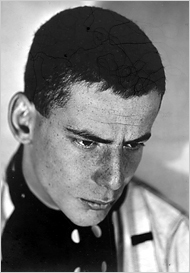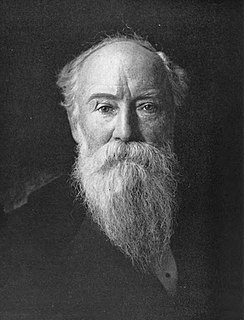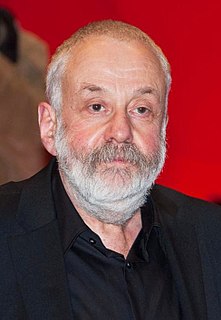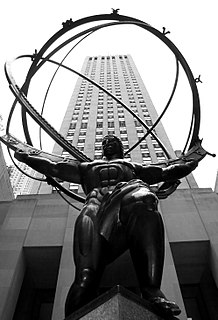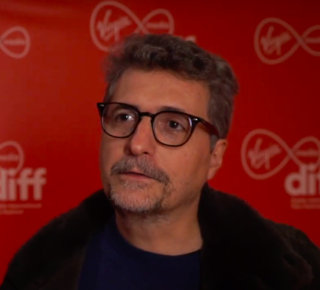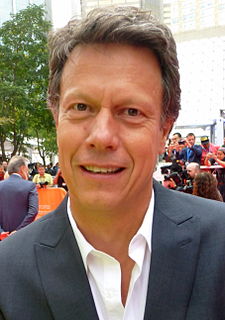A Quote by Vignesh Shivan
I feel like I'm on crutches when I have to go by the dialogue sheet. I want the artiste's natural, spontaneous reaction and vocabulary so that it adds a genuine flavor to the scene without which the sequence becomes entirely cinematic.
Related Quotes
Adding two or three chunks of wood to the coals adds a great smoke flavor to meat. I prefer pecan wood, which adds a mellow smoke flavor, but any good wood will work. And most barbecue sections in stores and supermarkets around the country, like Walmart, sell hickory wood, which adds a heavier smoke flavor. Oak is also a good option for a mellow smoke flavor.
When I go to the cinema, I want to have a cinematic experience. Some people ignore the sound and you end up seeing something you might see on television and it doesn't explore the form. Sound is the other picture. When you show people a rough cut without the sound mix they are often really surprised. Sound creates a completely new world. With dialogue, people say a lot of things they don't mean. I like dialogue when it's used in a way when the body language says the complete opposite. But I love great dialogue I think expositional dialogue is quite crass and not like real life.
If cuts have to be made, the question then becomes which expenditure adds the least value? This is possibly what drives companies to reduce their advertising expenditure - simply because they do not understand its full value and especially as it is usually the single biggest investment on the balance sheet.
'Love' has that Kubrick tonality to it, but this is not a Stanley Kubrick movie - there will never be another. At the same time, 'Love' has a modern feel. For example: In one scene, these astronauts go through a wormhole sequence, and you feel like you're being slapped around inside your head by a sonic boom.
Because of the way that I work with the actors and because a scene is not in this rigid and literal interpretation of something written, I can constantly change stuff, which means I can get a scene absolutely perfect, and then when we go to shoot it, the requirements of the shot mean it would be useful to extend the dialogue or take a line out or swap things around. So the camera doesn't serve the action. The action serves the camera. That's important. So it becomes more and more organic and integrated.
When you write a scene where somebody is afraid of something you instantly go to decades of genre cinema: horror, suspense, and thrillers. Those are very cinematic genres, when you shoot a close-up of someone and you can see fear in the person's face, or anticipation, or some kind of anxiety, it's a very cinematic image.
